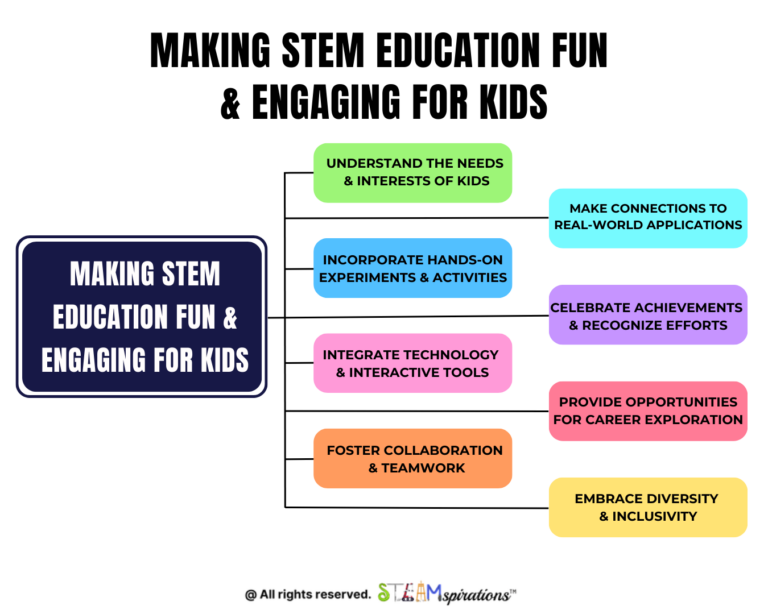Teaching is not just about imparting knowledge, but about creating an environment that fosters engagement and higher-order thinking. As a teacher, your ultimate goal is to empower your students to become successful learners. However, achieving this goal is not easy. It requires implementing effective teaching strategies that challenge your students to think critically, work collaboratively, and take ownership of their learning. In this article, we will explore some of the most effective teaching strategies to promote higher-order thinking and ownership of learning.
Implement Inquiry-Based Learning
One effective approach to promoting higher-order thinking is to implement inquiry-based learning in your instructional planning. This strategy encourages your students to generate their own questions about the lesson, fostering critical thinking and problem-solving skills. You can guide your students toward deeper inquiry and more insightful questioning by scaffolding their questions.
Group Students According to Their Instructional Needs
Grouping your students according to their instructional needs encourages accountability and promotes individual accountability. It enables you to target your instruction according to the individual needs of your students and fosters higher-order thinking while encouraging students to take ownership of their learning.
Encourage Learning Ownership
Encouraging ownership of learning is crucial, and promoting persistence for better academic achievements is important. Setting goals and reflecting on progress can help students better understand the effort they need to put in to achieve their expectations and take ownership of their learning.
Ensure Engagement
Engagement is a vital element in promoting higher-order thinking and achieving effective learning. Without engagement, effective learning cannot take place. To ensure engagement, you need to provide varied activities, resources, technology, and instructional materials that are aligned with the standards and appropriate to the grade level of your students.
Engage Students in the Learning Process
To plan engaging activities, you need to understand students’ interests, motivation, and learning styles. You can gather this information through surveys or discussions. Once you have the necessary data, you can set clear and measurable goals for the activity and plan and design activities that are relevant and meaningful.
Use Technology
Technology is a powerful tool for creating more interactive and engaging activities. There are many online resources available that can help you create multimedia presentations, quizzes, and games. Using technology can help you create an engaging and dynamic learning environment.
Encourage Collaboration and Group Work
Collaboration and group work are effective strategies for promoting engagement. When students work in groups, they have an opportunity to share their ideas and knowledge with each other. This can help them gain a deeper understanding of the subject matter and develop teamwork and communication skills.
Incorporate Hands-On Learning
Hands-on learning is another effective way to engage students. You can design activities that incorporate experiments, field trips, or simulations, encouraging students to be actively involved in the learning process. When students are actively involved, they are more likely to remember what they have learned.
In conclusion, by implementing these effective teaching strategies, you can create an engaging and dynamic learning environment that fosters higher-order thinking and ownership of learning. Effective teaching is about empowering your students to become successful learners, and by using these strategies, you can help your students reach their full potential. Remember, teaching is more than just imparting knowledge; it’s about creating an environment where students can thrive and succeed.

